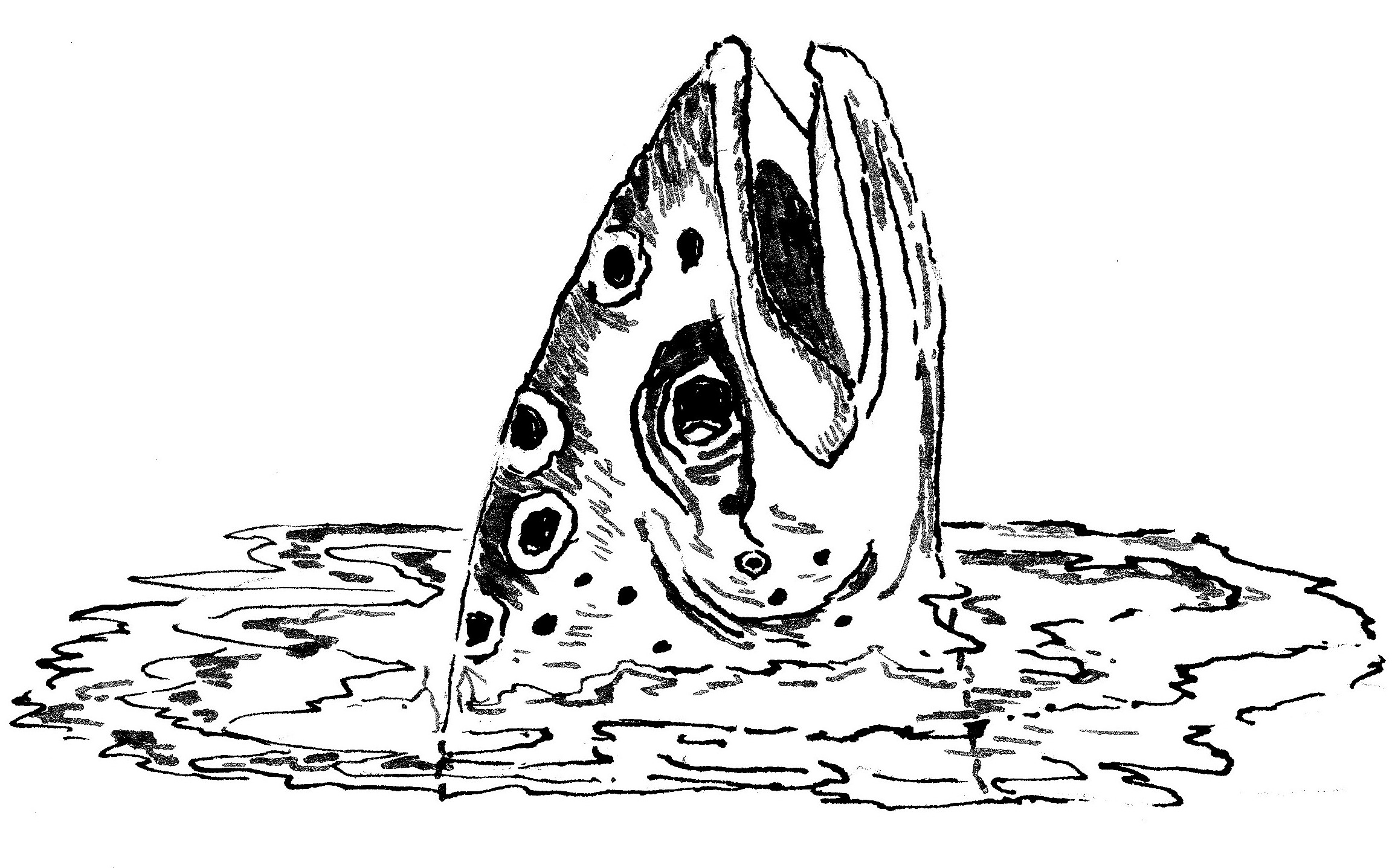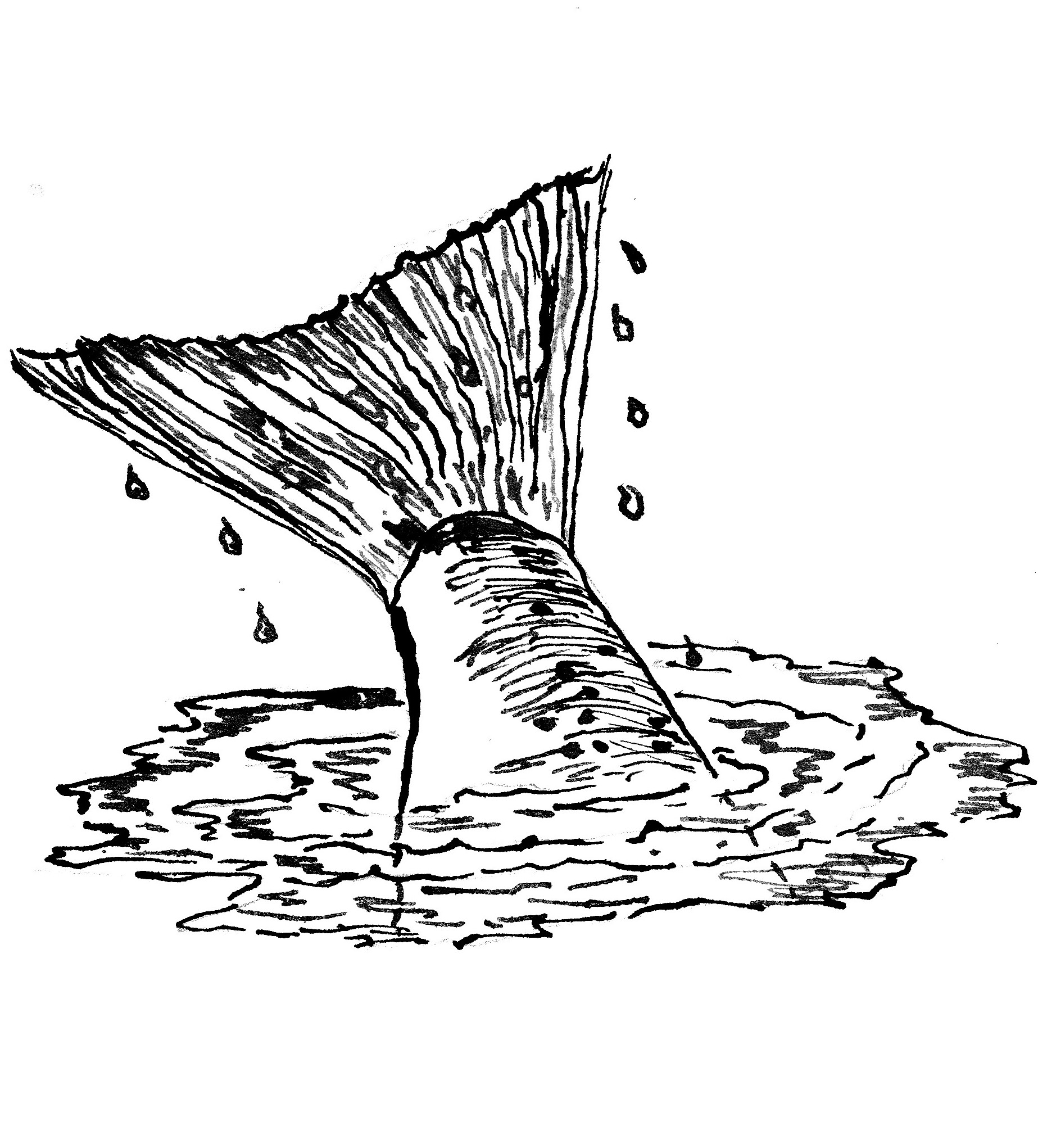Creasy's Column for Reel Life December 2018
- 19/12/2018
By Hugh Creasy
Heat has gone from the day. Last rays of sunlight throw a golden glow over the water and a light chop pushes wavelets to the shore. Tori curses quietly. She’s only wearing thigh waders and the chop is high enough to slop water onto her trousers. She’s fishing a 6-weight, fast-sinking line with a 2-metre leader. A #8 dragonfly nymph imitation completes her outfit.
Earlier in the day, when the sun was on the water, she had spotted a channel in  the weed beds that led to a drop-off about 20 metres from the shore. The whole shoreline looked fishy and insects were rising – dragonflies and damsels darted in search of prey and mates. Gnats and midges clouded the surface and sandflies came out to feed.
the weed beds that led to a drop-off about 20 metres from the shore. The whole shoreline looked fishy and insects were rising – dragonflies and damsels darted in search of prey and mates. Gnats and midges clouded the surface and sandflies came out to feed.
Tori’s cheeks and hands were spotted with their bites and she rubbed the back of her hand against the rough surface of her waders. The channel looked to be a strip of papa a few centimetres deep, and its light grey colour would contrast nicely with the dark green colouring of the nymph she would use.
Now it is time to see if her observations and planning are going to pay off. She lines up the channel with a tree outlined against the skyline on the opposite shore. When it grows dark she knows that if she casts towards that tree, her nymph will land in the channel. As darkness draws in she begins to cast and retrieve, only a short distance, and uses an overhand twist retrieve in short, jerky movements, imparting a realistic action to the nymph, and causing its hackle feathers to splay and flatten with every stroke of her fingers on the line.
Her hands are small, and after half a dozen coils of line are recovered she drops them to the water and continues her retrieve. Full darkness comes, and she lengthens her casts. As the nymph is now over deeper water she waits for her line to sink, a good half minute to start, and after a few casts and retrieves, she gives it a full minute to sink, then begins the patient slow, jerky retrieve. On her longest cast there are only a few coils of line left on the reel as the line snakes out, and she knows her nymph is sinking over the drop-off. Patience is the key. With the rod tip held low, the line will drag through the channel, staying low and keeping the nymph low and outlined on the grey papa.
The weed beds are the food producers for trout and all the other creatures living in the lake. It is where phytoplankton populations use photosynthesis to regenerate and where crayfish, eels, trout, bullies and water boatmen feed on each other in the summer heat. While trout may retreat to cooler, deeper water to avoid the heat during the day, at night they hunt the shallows. From the deeper water they come, rising to hatching caddis and splashing on the surface. There are moths and beetles in the air, and midges in clouds that make breathing difficult. In low light, swallows swoop over the water and in darkness moreporks glide from tree to tree but rarely over the water.
Tori has been practising for this moment. She began under the tutelage of her father a couple of seasons ago. They practised casting at a local park, using the try line to the 22 metre mark to judge the length of their casts. They built power in their casts using the flex of their rods to achieve distance and accuracy. It took a lot of courage for a young woman to fly cast over grass with an audience of unsympathetic youths whose taunts turned to admiration when, after half a dozen false casts, she put a full flyline through the rings and dropped a fly on a target well past the 22 metre mark.
Casting in daylight was mastered, and she took small browns from the local rivers and streams with ease. Casting in darkness was a different matter.
“Keep your backcast high,” her father told her. “You might lose some distance, but that’s better than having a heavy nymph hit you on the back of the head when you cast forward.”
By stopping the back cast at 12o’clock, she had the line going almost vertical before feeling the pull of the line and casting forward. She found she could cast from willow-covered banks using the same techniques, and she experimented with side-casts and roll-casts to get a fly into awkward spots. Timing was everything, just as it is with a tennis or golf stroke.
But this was her first time over big water, and it required restraint to cast to her feet before casting big distances. She learned to go slow. Lake fishing requires a wariness that is more acute than on a river. Trout in lakes cruise their feeding grounds and can come at you from any angle. By standing stock still you may have them passing you and you can drop a fly ahead of them. Patience can turn to boredom and carelessness. Discipline is required.
Tori has it all. It is fully dark. An hour passes. She casts once more and waits. Then, with fingers, plucking line she begins her retrieve. A sudden thump, the rod tip drops, the line tightens and she lifts to strike. In the distance white water breaks the darkness, a rainbow leaps and dances on the surface. The reward has come and with adrenaline streaming Tori fights her fish to the net.
